Connecting a water softener’s drain to the sewage line is one of the most common ways to get rid of the backwash. However, it isn’t always the most convenient solution since discharge systems in different areas are designed to handle incoming charges differently.
Some areas don’t have direct sewage connection and even if you live in an area with one, there are still better and safer ways to discharge the backwash.
Here are the most suitable places to discharge water softener backwash:
- Outside your house
- In a dry well
- In the French drain
- In a Septic drain field
- Floor Drain
- Subsurface discharge
First, Know the Local Regulations:
It’s important to know the backwash discharge regulations before connecting your water softener’s drain to the sewage. Since most water softeners are salt-based and/or ion-exchange systems, each state put in place regulations for safe discharge of backwash into the sewage system. Simply check with your state’s Health and Environmental Agency to know the regulations.
Water Softener Discharge Options
1. Discharging the Backwash Outside
The first option is to discharge the backwash outside, into the bare ground. This is a safe option if tap water is the main water source in your locality. Otherwise, it’s not the most ideal solution for well owners/groundwater sources due to the risk of the backwash seeping into the ground and potentially contaminating the water source. There are also environmental concerns to put into consideration.
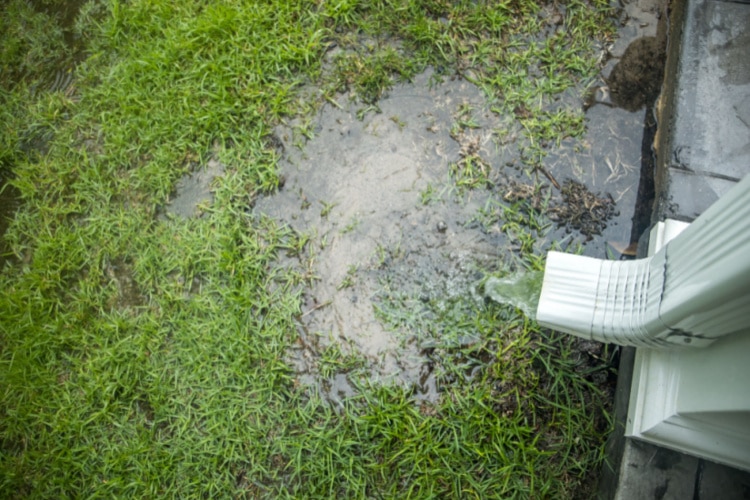
If you still choose to discharge into the bare ground despite owning a well/groundwater source, then it’s very important to consider the distance between your well and the drain. Make sure to discharge the backwash as far away from the well/water source as possible.
2. Discharging in a Dry Well
Another water softener drain option is to discharge the backwash into a dry well. This is a safe option because it prevents salt/ions in the backwash from mixing with groundwater, since the backwash will be slowly absorbed into the ground.
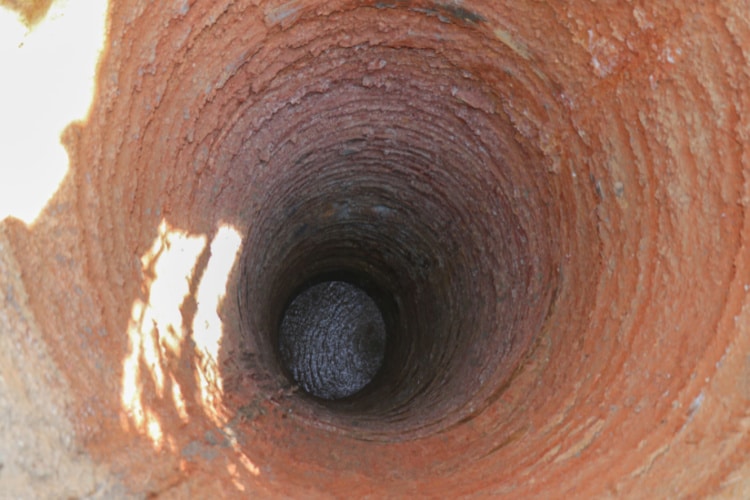
When digging the well, ensure that it sits above the high water level. The well should be capable of holding and absorbing large volume of backwash discharge at a slow pace.
3. Discharge Backwash in The French Drain
The French drain is another great way to discharge water softener backwash. It’s very similar to discharging in a dry well, only that the french drain requires more width than depth.
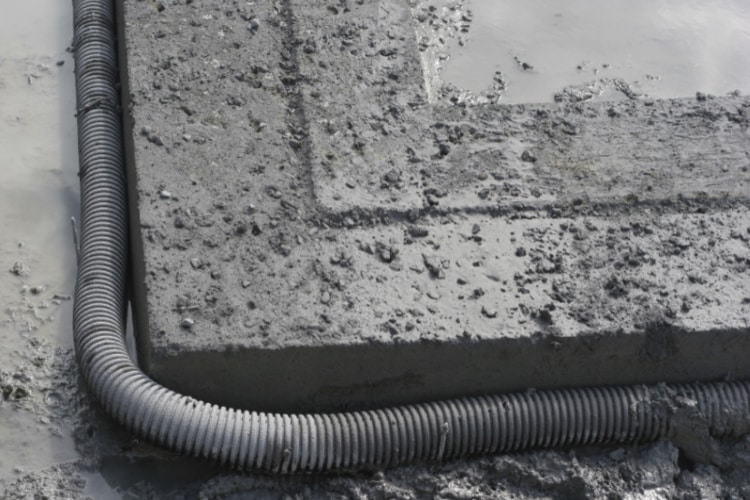
To discharge backwash via french drain, you’ll need a long pipe and a ditch. More specifically, you’ll need a French drain pipe with holes in it. This allows for the high salt backwash to gradually seep out into the ground.
If the ditch is long, then you’ll also need to make it wide.. This will help with water dispersion, since accumulating salt or backwash in the same spot is harmful to the environment.
4. Septic Drain Field Discharge
Septic drain field is another option for discharging water softener backwash. Septic drain fields are quite common in the US, but not all states allow them.
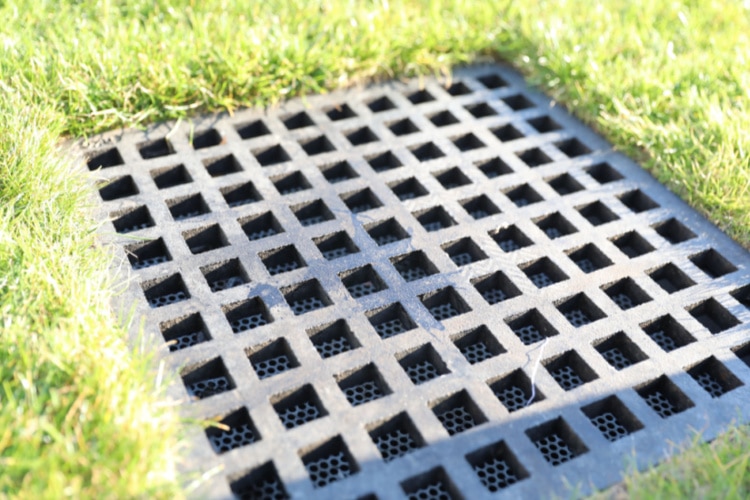
A septic system typically consist of a septic tank, a drain field or a soil absorption field. The way it works is that the septic tank takes in the organic matter and segregates solids from the wastewater. If you have a soil-based system, then the septic drain will spread out the waste through a number of perforated pipes that are buried under the leach field.
There are also advanced septic systems that evaporate or disinfect wastewater before discharging it into the soil.
In order to clean an old septic tank, you will need to make holes at the bottom of it and plug the drain pipe at the very bottom. If everything goes as it should, your backwash should be dispersed across a wider area and not harm the ecosystem in any way.
5. Discharge Backwash in the Floor Drain
Most modern water softener systems should be able to provide enough water pressure to successfully discharge the backwash directly to the drainpipe. If your water softener’s water pressure is high, then you can make use of the floor drain to discharge the backwash.
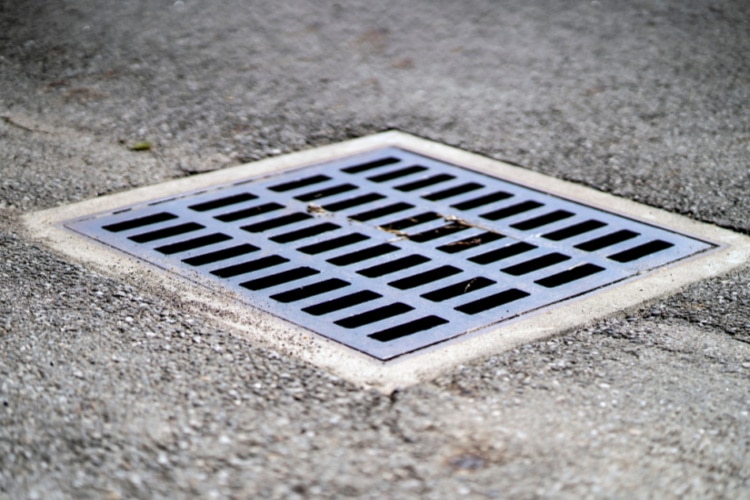
Even if your water softener does not have the required pressure to discharge down the floor drain, you can increase the pressure by using an ejector pump. Ejector pumps provide additional pressure to eject waster water from a lower level.
We recommend getting an ejector pump made of plastic or steel rather than iron. This will help prevent possible corrosion issues in the future.
6. Subsurface Discharge
Subsurface discharge should only be considered if you have exhausted all other discharge options. This method requires familiarity with the subsurface discharge state rules, and knowledge of your waste content.
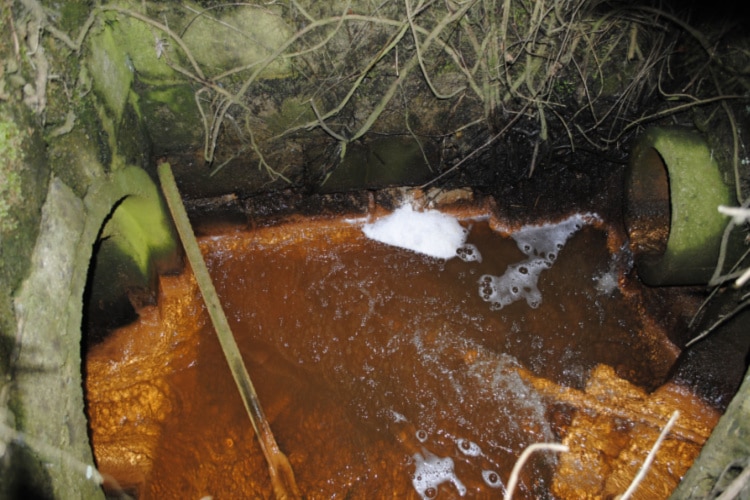
Make sure there’s adequate distance between the well and discharge point. In most areas, you will be permitted to drain your backwash into a water well of 100 feet or more.
If you plan on using this method long-term, then you should consider installing a subsurface system. The system has to be sturdy enough to not get damaged by content of the backwash or environmental wear and tear.
Conclusion
Discharging softener backwash can be very challenging due to the local restrictions and environmental factors that needs to be considered. However, there are are many safe options that meets local and environmental safety standards.